DiscoverYoruba.com is your one-stop for embracing Yoruba culture, entertainment, and history unfolding.
Table of Contents
Introduction
What says a culture like it’s art? Through the years of cultures and civilizations, art has remained preserved to keep history and traditions for generations to come. This is no different from Yoruba art. The ancient and prestigious heritage of the Yoruba people lies within all the vibrant cultures of Africa.
The Yoruba community is renowned for its rich history, traditions, and artistic creativity. We have built a fascinating narrative through the expressive medium of art. This art is not just an expression of our creativity; it stands as a testament to our cultural identity, spiritual communication, and the preservation of centuries-old traditions.
From our sculptures that embody ancestral spirits to the rhythmic beats of traditional music and dance, Yoruba art expresses a profound connection to the past, a celebration of the present, and a bridge to the future.
In this exploration of Yoruba Art and Aesthetics, let’s tell you a story about the details of our extraordinary cultural heritage. We’ll dive into traditional visual arts like sculpture, pottery, and textiles to discover the meanings woven into each work of art. Then, we will explore Yoruba music, dance, and performance traditions, breaking down their roles in storytelling and cultural preservation. Lastly, we talk about Yoruba artists whose contributions have left a mark on the world and in our hearts.
Let’s dive right in!
1. Traditional Yoruba Visual Arts
Many Yoruba visual arts have been attributed to the palaces, including adornments for the royal families, decorations of the palaces, and attire of its workers, according to their statuses. Yoruba visual art also expressed worship of the deities, as we were highly spiritual. As such, pictures of shrines in the days of old would show altars with sculptures and figurines that embodied the gods, accentuating their strengths.
Yoruba Sculpture
Sculptures are arguably among the most ancient and important of Yoruba art.
To the Yoruba, art began when Olódùmarè commissioned the artist deity Obatala to mold the first human image from clay. Today, it is customary for the Yoruba to wish pregnant women good luck with the greeting: May Obatala fashion for us a good work of art.
Wikipedia
Through the millennia of Yoruba’s existence, our sculptures have been made from different materials, including ivory, wood, metals, terracotta, and so much more.
Among the most revered are the iconic brass and copper Ife heads originating from the ancient city of Ife. These sculptures are characterized by their features, which appear so natural and their serene facial expressions.

Similarly, the Ere Ibeji twin figures, carved from wood, symbolize the special status of twins in Yoruba culture, honouring them beyond their physical existence. They represent the souls of deceased twin babies and are used in several traditional ritual rites. Funny enough, Yorubas have the highest rate of dizygotic twinning in the world (Cambridge)
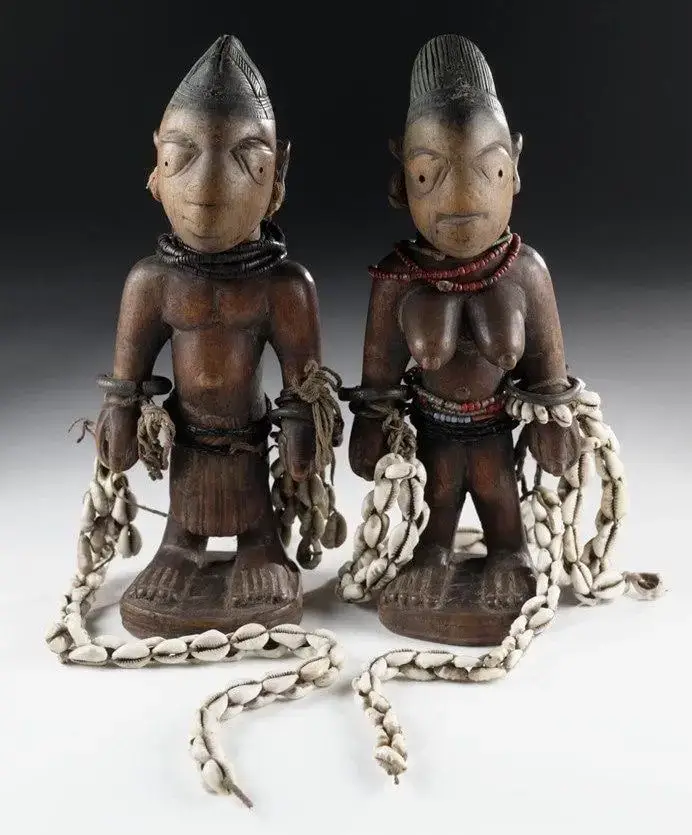
Another form of Yoruba sculpture is masks. They are also made as representations of deities. For this reason, the artists first have to sanctify themselves before making the masks because when they are sculpted, they become a medium through which they come into contact with our physical world by possessing the wearer.
It is established that Yoruba sculptures embody the spiritual connection between the physical and the divine. They often depict deities, ancestral spirits, and historical figures, each carved to convey physical likeness and metaphysical significance. The choice of materials—wood, bronze, and terracotta—adds depth to the narrative, each medium carrying its own cultural and artistic significance.
Fascinating, isn’t it?
Pottery
In Yoruba art, our pottery shows the intersection between art and utility, function, and aesthetics. Yoruba potters shape clay with hands that show mastery of various equipment, from simple household items to elaborate ceremonial vessels. One thing we love the most about this is the stories of tradition, culture, and identity behind several pieces.
Interestingly, the potters were mostly women. They carved pots for different functions. It so happens that each pot has its own distinct function. There are cooking pots, soup pots, water pots, plates, and even clay ovens and stoves. They even carved little money boxes, like a piggy bank, to save spare cash. There were pots for herbal medicine, and, shockingly, there’s a type called the placenta pot used to bury the placenta when a child is born. As expected, there were also pots dedicated to the deities.
The patterns and motifs drawn on the pots hold deeper meanings because they represent the spiritual beliefs, historical events, and social customs that were precious to us. This is why it’s necessary that our pottery techniques are passed down through generations, along with the cultural symbolism behind them. Through pottery, we can connect with our roots and preserve our age-old techniques instead of just adopting urban influences.
Usually, the potters sang lovely songs as they carved each piece. Now, I feel like taking pottery classes.

Textiles
When we show up to our owanbé with our outfits, you know we don’t joke with our looks! Ṣò ri gele mi?
Textiles hold a huge space in Yoruba artistic expression, with our Adire, Iro, Buba, Aṣọ́-Oké, and Agbada standing as the most recognized representations of our community’s fashion and style.
Adire is our colourful tie-dye textile, initially called the purple/indigo dyed cloth, but this day consists of all the colours you can think of. They are also made mostly by women, and back in the day, they were also used as bedsheets and tablecloths, not just clothes. Today, we style our adire in so many fashion statements, both traditional and urban.
Aso-Oke (female) and Agbada (male) are two types of traditional Yoruba clothing. They were traditionally handwoven into a fabric made from cotton and silk and adorned with intricate patterns and colours.

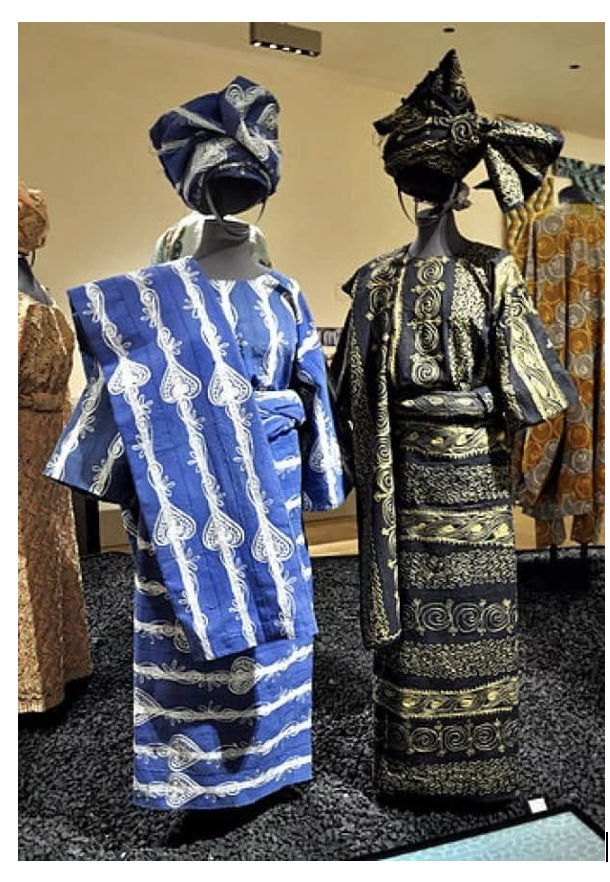
These outfits are usually worn to weddings, ceremonies, funerals, and religious rites. They were expensive and a sign of prestige because of the effort it took to weave the textiles.
As we can tell, clothes are also a piece of the puzzle of Yoruba symbolism. Every element, such as geometric patterns and stylized motifs, tells a tale. They reflect family lineage, spiritual beliefs, or societal roles. Our textiles are visual narratives of self-expression and status.
2. Symbolism and Meaning in Yoruba Art
Interpreting Symbolism
Yoruba art is full of symbolism, where each stroke, pattern, and motif carries profound meaning. Colors, for instance, hold symbolic significance; certain colours are used in certain shrines to represent the temperaments of the gods; certain colors represent royalty; and certain colors are for healing.
The depth of Yoruba symbolism goes beyond what meets the eye; there’s an even greater emphasis on spiritual beliefs, historical narratives, and societal structures. If we can understand these symbols, we will find layers of meaning and get a glimpse into the cultural essence of our people.
Spiritual Significance
It has been established that Yoruba art serves as a bridge between the physical and spiritual realms. All our artworks, including sculptures and textiles, were never just made to be aesthetically pleasing; they possess spiritual energy. They can connect people with deities, ancestors, and the supernatural world. These artistic expressions are very important to religious rituals, ceremonies, and festivals because they were mediums through which we communicated with the divine. For instance, the divination bowls were used to converse with Orunmila.
Yoruba Symbols
Just like most traditions, yorubas have mysterious symbols that hold deep meanings. Here is an image that shows simple Yoruba symbology.
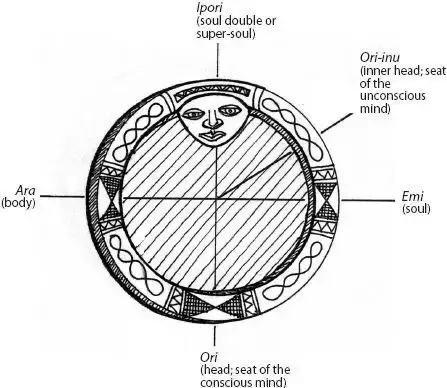
3. Yoruba Music, Dance, and Performance Traditions
Music
Music in Yorubaland carries emotions, messages, and cultural stories. Traditional Yoruba music uses various local instruments, each with its own unique sound and purpose. Some of these are:
The talking drums, sometimes called “ilu gangan” and “ilu dundun,” produce such a unique rhythm that they pride themselves in their ability to mimic the spectrum of intonations of Yoruba speech. A friend who isn’t Yoruba once told me that the talking drum sounds like how we sound when we speak Yoruba. I smiled; that’s the point. The talking drums really bring a certain spice to our music.

We also use the shekere, made from a beaded gourd (calabash), to add more flavour to our music.
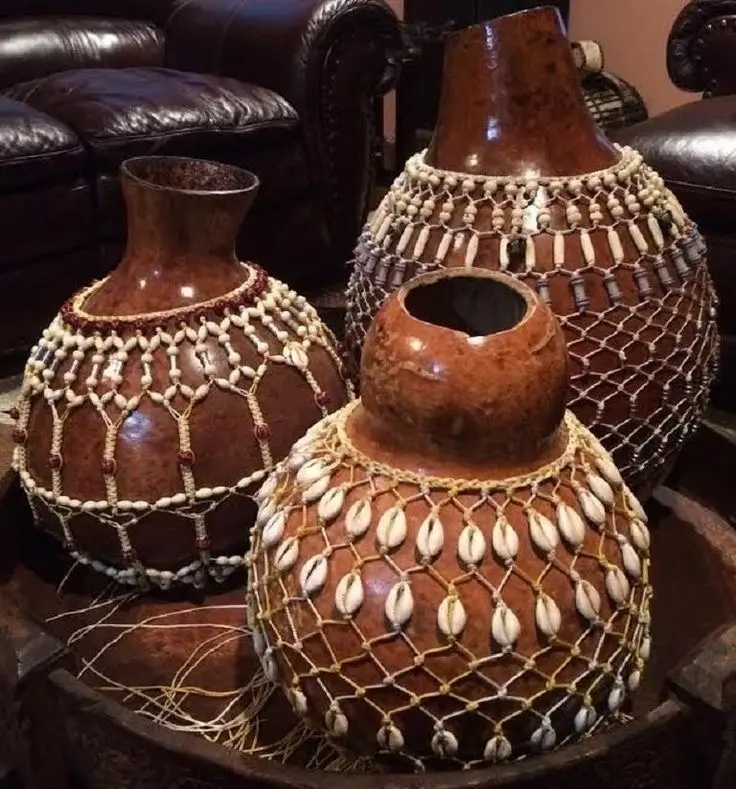
Other instruments, like the agogo (bell) and various flutes, come together to contribute to the rich Yoruba musical traditions.
Our music accompanies various ceremonies, celebrations, and rituals, expressing shared joy, spiritual connection, and storytelling. The beats and melodic compositions show the uniqueness of Yoruba music, and the lyrics are proof of the complexities of Yoruba society, as well as our cultural identity.
In modern-day music, various genres of music originated from the Yorubas, such as Fuji, juju, and apala.
Dance
Dance is a visual storytelling medium that is deeply rooted in Yoruba traditions. Each dance form embodies a unique story narrative characterized by intricate movements, rhythmic footwork, and symbolic gestures.
As entertaining as our dances are, they share the essence of Yoruba spirituality, history, and community celebration.
The Bata dance is frequently performed during festivals, rites of passage, and religious ceremonies. This is one of our most famous dances. Traditionally, it was dedicated to the Orishas, especially Ṣangọ.
The Egungun dance (masquerade dance) is also very popular. It requires a masquerade, a channel for the gods to dance and relay messages. This act is also mostly presented at festivals, ceremonies, etc.
Yoruba performance traditions encompass theatre-like performances that depict historical events, honor deities, and are full of moral lessons.

4. Famous Yoruba Artists and Their Contributions
King Sunny Ade
King Sunny Ade was one of the first Yoruba singers to be successful beyond Africa. He was the first Nigerian in history to be nominated for a Grammy. He made really beautiful music, which spread overseas and was genuinely loved. His genre consists mostly of juju music with a talking drum that instils a lighthearted ambience. If you haven’t tried his music out, you really should.

Fela Anikulapo Kuti
Any list of influential Yoruba artists would be empty without mentioning this man. He was not just a music legend; he was a political activist who never relented in saying the truth on his huge platform without fear or mincing words. Hearing him play the saxophone was such a harmonious sound!
Notably, his parents were anti-colonialists; therefore, we can see the roots of his activism. He was imprisoned briefly, but when he got out, he continued his music and activism. It’s been over 20 years since his death, but celebrations and music festivals in his honor are still done in Nigeria.
Fela had a very controversial life, but his influence on music was undeniable. He largely created the music genre Afrobeat.
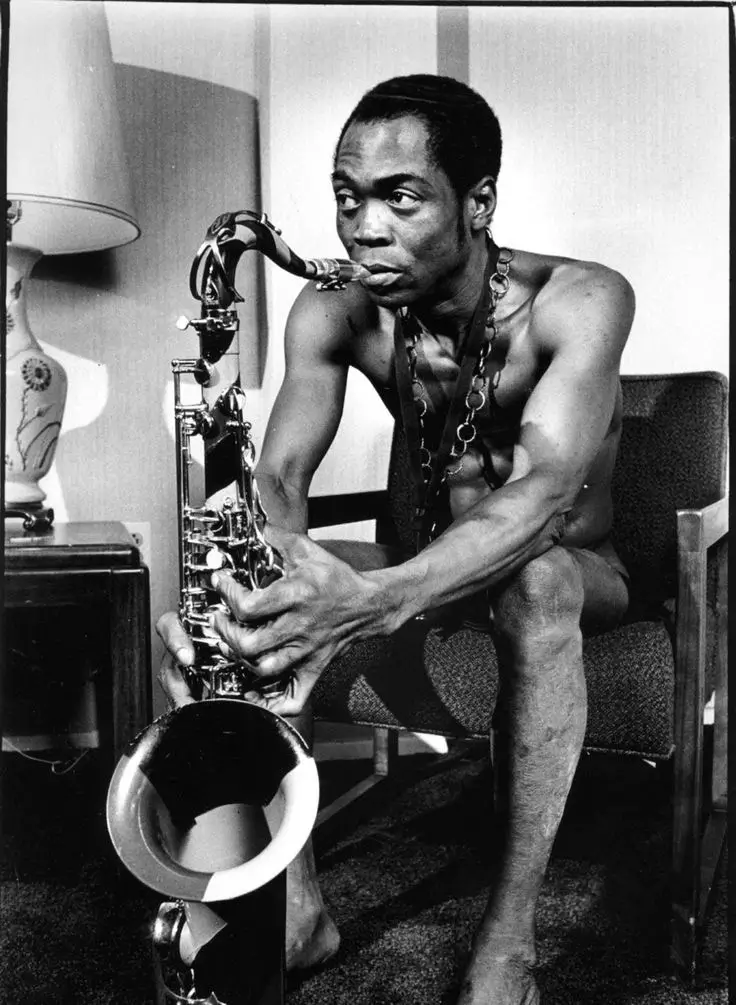
Twin Seven Seven (Prince Taiwo Olaniyi Oyewole-Toyeje Oyelale Osuntoki)
Renowned for his vibrant and colorful paintings, Twin Seven Seven is an influential figure in Nigerian art. His works weaved Yoruba mythology, folklore, and spiritual themes onto the canvas, capturing the essence of the Yoruba cultural heritage. He transported viewers into a realm where tradition and the modern age coexist through his bold lines and very colourful palette.
He was also a sculptor and a musician. He left such a mark on the world, starting in Osogbo. And despite the ups and downs in his life, including a major car accident and being in line for the throne, he gave his gifts to the world.
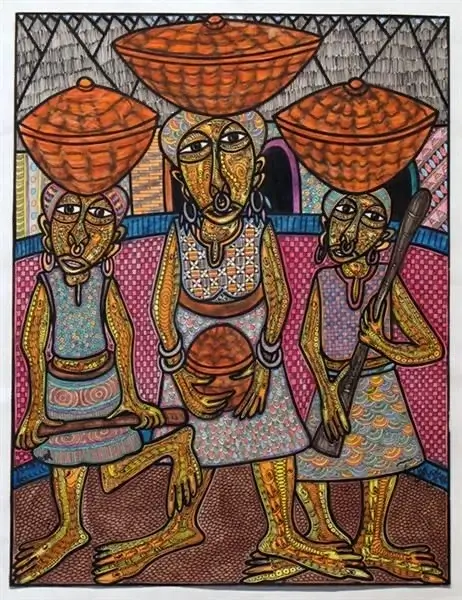
These artists have left a mark on the world through their style, talent, and unwavering dedication to showcasing Yoruba cultural heritage. Their contributions carried the stories of Yoruba art onto the global stage, increased appreciation for our culture, preserved the essence of Yoruba artistic traditions, and rightly shaped people’s perceptions of our history.
Conclusion
So here you have the basics of Yoruba art. If we had a book of hundreds of thousands of pages, they wouldn’t be able to contain the stories of all Yoruba art, creations, and performances. Our folklore alone would take so many more pages.
Which art are you going to check out? Whose music are you going to listen to today?
We’d love to know!
References:
Wikipedia, Cambridge, Cambridge core, Encyclopedia, Indigo arts, Wikipedia







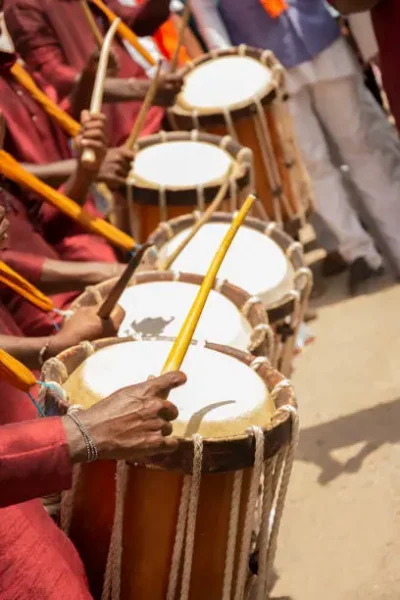





The article posted was very informative and useful. You people are doing a great job. Keep going.
Hiya, I am really glad I’ve found this information. Today bloggers publish just about gossips and internet and this is really irritating. A good blog with interesting content, that’s what I need. Thank you for keeping this web site, I will be visiting it. Do you do newsletters? Can not find it.
You completed a number of nice points there. I did a search on the issue and found nearly all people will have the same opinion with your blog.
The article posted was very informative and useful. You people are doing a great job. Keep going.